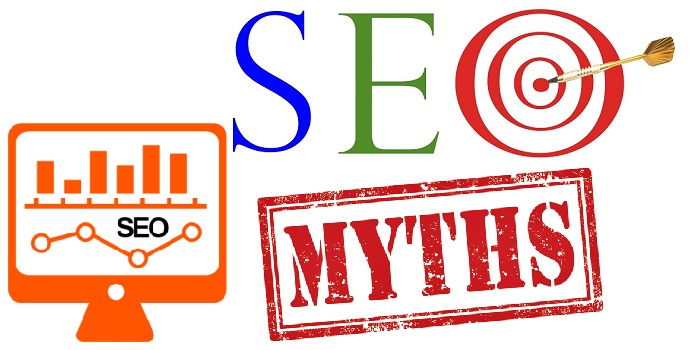E-commerce is one of the most popular online business models today. If you’re thinking about starting an online store, then you’re in luck. WordPress is an excellent platform for e-commerce websites.
There are many reasons why WordPress is a great choice for e-commerce websites. For one, it’s easy to use and set up. You don’t need any technical skills or knowledge to create a WordPress website. Additionally, there are tons of themes and plugins available for WordPress that make it easy to add e-commerce functionality to your website.
However, if you’re new to WordPress or e-commerce in general, then you might be wondering where to start.
In this article, we’ll share 5 tips for WordPress beginners who want to start an e-commerce website.
1. Choose the Right WordPress Theme
When it comes to creating an e-commerce website, one of the most important decisions you’ll make is choosing a WordPress theme. There are literally thousands of WordPress themes available, so it’s important to choose one that’s well-suited for your needs.
Some things to consider when choosing a WordPress theme include:
- Ease of use: The theme should be easy to set up and use. Ideally, it should come with documentation or video tutorials that show you how to set it up and use its features.
- Responsiveness: The theme should be responsive, meaning it looks good on all devices (desktops, laptops, tablets, and smartphones).
- E-commerce features: The theme should include all the features you need to run your e-commerce website. This includes a shopping cart, product pages, checkout process, etc.
- Compatibility with plugins: The theme should be compatible with popular WordPress plugins that you might want to use on your website.
- Regular updates: The theme should be regularly updated to keep up with the latest WordPress version and trends.
2. Pick the Right Domain Name and Web Hosting Provider
Your domain name is your website’s address on the internet (e.g., www.example.com). It’s important to choose a domain name that’s easy to remember and brandable. Avoid using generic or hard-to-spell words.
Your web hosting provider is the company that provides the server space and bandwidth for your website. When choosing a web hosting provider, it’s important to choose one that’s reliable and offers fast speeds. Additionally, you’ll want to make sure that the provider offers features that are important to you, such as unlimited storage space and data transfer, a free domain name, etc.
3. Set up WordPress
Once you’ve chosen a domain name and web hosting provider, you’re ready to set up WordPress. If your web hosting provider offers a one-click WordPress installation, then that’s the easiest way to set it up.
If not, then don’t worry. Setting up WordPress is still relatively easy. Just follow these steps:
- Download the latest version of WordPress from wordpress.org.
- Extract the ZIP file and upload it to your web server via FTP.
- Create a database for WordPress on your web server.
- Run the WordPress installation script by visiting www.example.com/wp-admin/install.php in your browser (replace www.example.com with your domain name).
- Follow the on-screen instructions to complete the installation process.
4. Choose a WordPress Theme
Now that WordPress is installed, it’s time to choose a theme for your website. As we mentioned earlier, there are thousands of WordPress themes available, so take your time to browse through them and find the one that’s right for you.
5. Install Important WordPress Plugins
WordPress plugins are like apps for your website. They add additional features and functionality to your website. There are plugins available for almost everything, so it’s important to install only the ones you need.
Some essential WordPress plugins for e-commerce websites include:
- WooCommerce: This plugin turn your WordPress website into a fully-fledged e-commerce store. It includes features like product pages, a shopping cart, a checkout process, etc.
- Yoast SEO: This plugin helps you optimize your website for search engines like Google. It includes features like keyword optimization, XML sitemaps, etc.
- WPForms: This plugin lets you create custom forms and surveys for your website. This is useful for collecting customer feedback or conducting market research.
Conclusion:
So there you have it – a step-by-step guide to setting up your own e-commerce website using WordPress. Just remember to take your time and don’t rushes things. If you do, then you’ll likely make mistakes that could cost you money and time in the long run.

